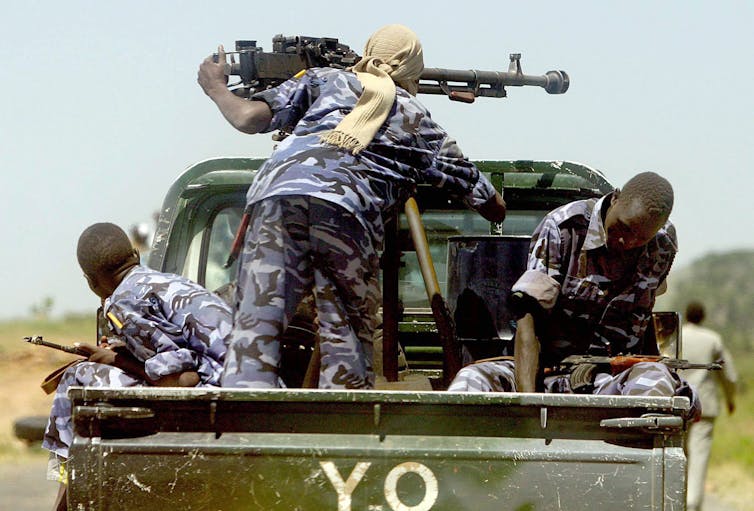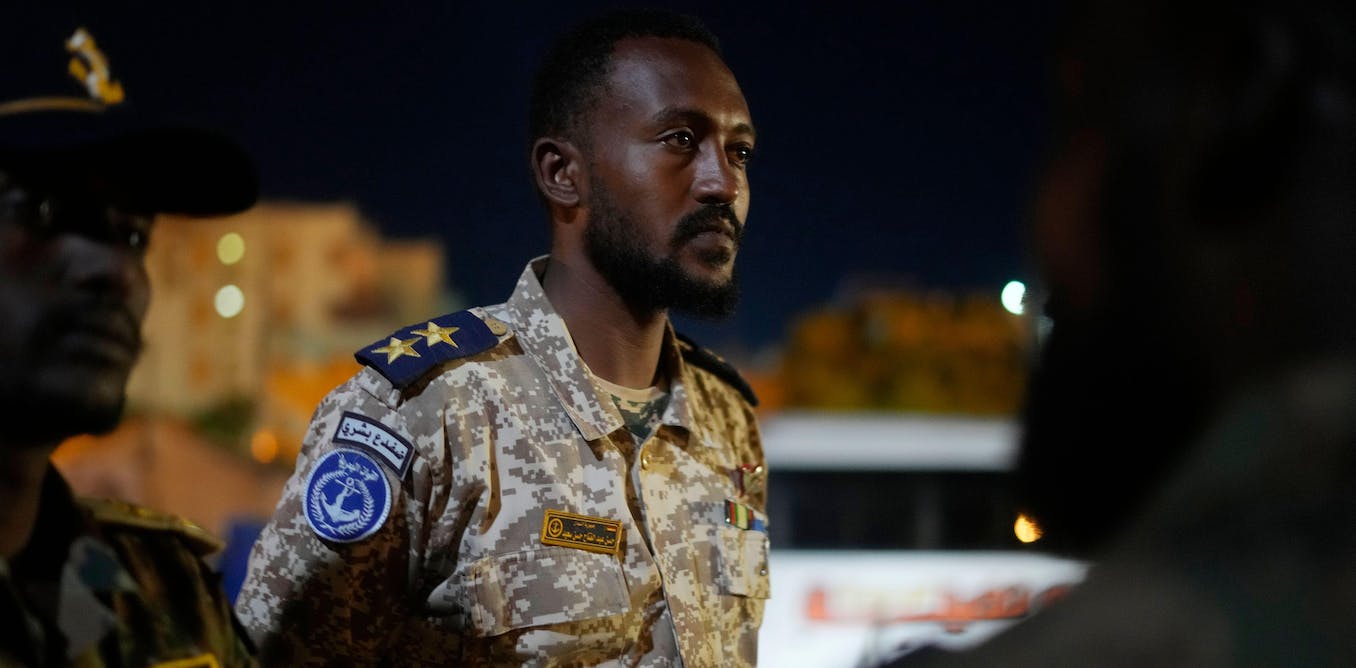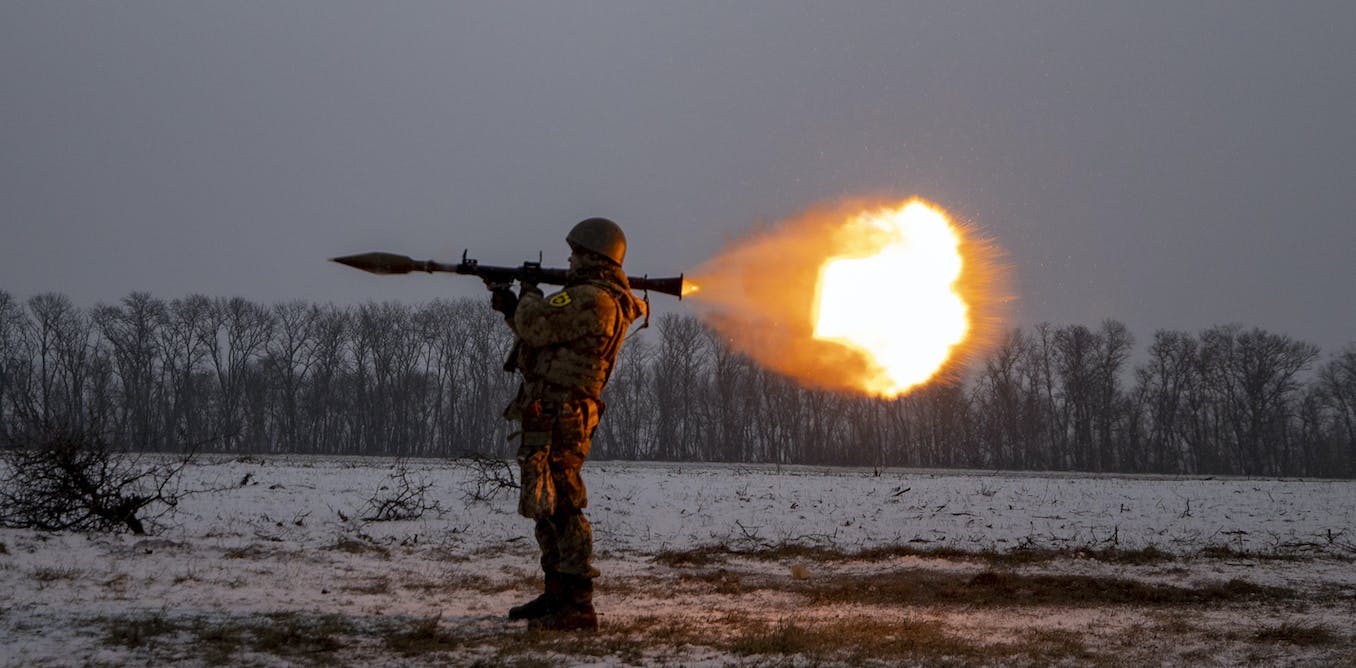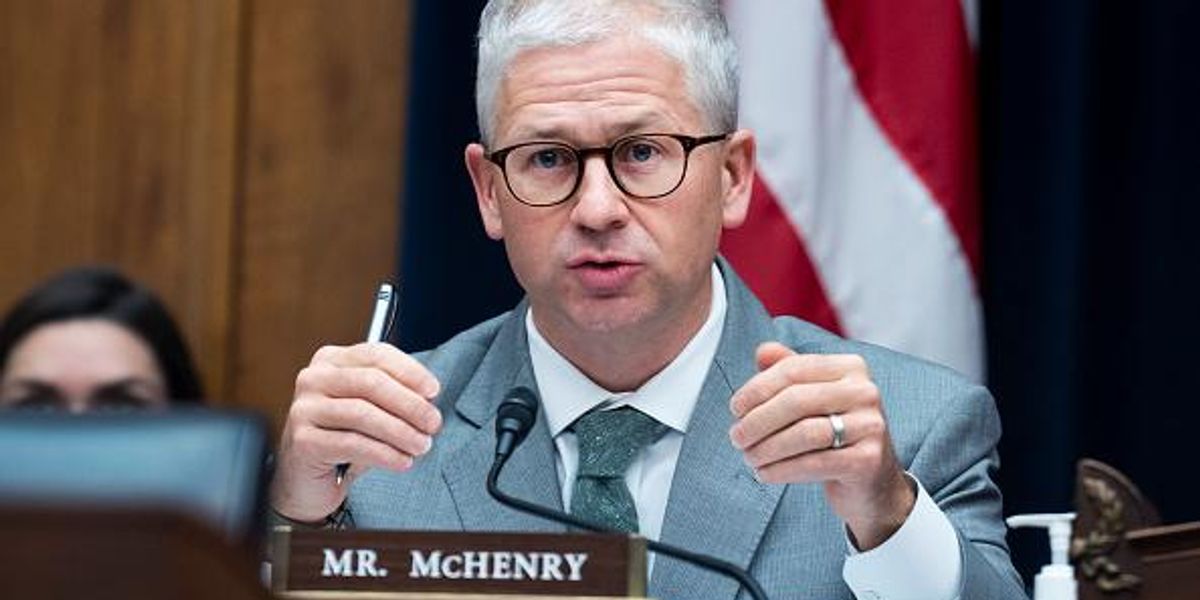Sudan’s Central Reserve Police (CRP) recently announced it would be deploying officers to the streets of Khartoum to “secure public and private property”. That may sound puzzling in the context of the current violence: what are the police doing in the middle of this?
The answer is simple. The CRP are not “police” in any civilian sense – they are one of several paramilitary groups in Sudan, and they are intervening on the side of the Sudan Armed Forces (SAF).
This helps explain recent events in Sudan, where history has entangled military force and state power, and has produced multiple armed groups which are now vying for control of the state.
Sudan’s conflict has its roots in three decades of elites fighting over oil and energy
That history began with the Turco-Egyptian conquest by the Ottoman viceroy of Egypt, Muhammad Ali, in 1820. By consolidating territory over several decades, this created what became Sudan: a colony built by armed force.
At the end of the 19th century, it came under effective British control. While colonial states always tended to be violent, Sudan was particularly fierce in imposing central control on a large and diverse population. The state was always uniformed and armed.
And when Sudan – then the largest territory in Africa – became independent in 1956, the new country inherited that militarised and centralised nature. Soldiers have always seen themselves as the proper guarantors of its sovereignty. They played a central role in the attempts to impose central authority which led to protracted civil war, beginning in the south in the 1960s and spreading to the west and east from the 1980s.
Mostly ruled by soldiers
Sudan has been mostly ruled by soldiers since 1956: in 1958, 1969 and 1989, military coups overthrew shortlived civilian governments. When popular unrest threatened military rulers – as happened in 1964, 1985 and 2019 – their regimes were toppled only because some of the soldiers changed sides and turned on the incumbents. Every time, soldiers continued to wield much power. Even in revolution, Sudan has never tamed its army.
That process looks cyclical: soldiers kept defying the authority of civilian politicians. But there was a long-term trend of change. Soldiers who seized power by force learned from experience. The greatest threat to them lay among their own rank and file, who might turn against them. So, particularly under the long rule of Omar el-Bashir, who seized power in 1989, they fostered the emergence of alternative armed forces.
Alongside the SAF, new paramilitaries were created like the CRP. The long-running wars with rebels encouraged that process – Sudan’s rulers recruited militia who would fight insurgents on the cheap, but who could also support them against insubordinate soldiers. Those militias came from the peripheries of Sudan – in some ways, they had much in common with the rebel armed groups against whom they fought, some of whom occasionally switched sides.
Even after the secession of South Sudan in 2011, Sudan had multiple armed forces. The Rapid Support Forces (RSF) – the SAF’s main antagonist in the current violence – grew out of a local militia in Darfur to become the largest, most dangerous product of that process.

EPA/Nic Bothma
All these armed groups shared the belief that control of the state was rightfully theirs, and the ultimate prize. It was not simply that the state paid, armed and fed soldiers – though that was always important, and especially so when a brief boom from oil revenues swelled state resources in the first decade of the 21st century.
Money talks – so do guns
Control of the state allowed soldiers to establish themselves as entrepreneurs – in anything from manufacturing and banking to gold mining – and to reward their friends and supporters. Much of Sudan’s economy came under the control of soldiers not as a single, coherent group, but as actual or potential rivals, each anxiously watching the others.
In the end, this increasingly messy and splintered array of armed groups could not save Bashir. When popular anger against his rule seemed unstoppable in 2019, both the SAF and RSF turned against him and Bashir was pushed out of office. The effective leaders of the SAF and RSF, Abdel Fattah al-Burhan and Mohamed Hamdan Dagalo (aka Hemedti) established themselves as the faces of military power.
But by that time, there were too many armed groups for any stable transition to be agreed. The SAF and RSF circled around each other for months, each hoping the move to civilian rule could be manipulated to preserve their own position while disadvantaging the other. The two briefly cooperated in removing the civilian parts of the transitional government in the coup of October 2021, but their rivalry only grew more intense.
Sudan: violence between army and militia is a symptom of an old disease that is destroying Africa
Across Sudan, armed militias and rebel groups (some large, some not) staked their claims to inclusion in a new government, and threatened violence if they were denied. The SAF and RSF both treated these local pretenders as potential allies in their rivalry. In the end, it was (ironically) pressure to agree the terms of a new transition to civilian rule that finally precipitated open conflict between the SAF and RSF. Both knew that civilian rule was a threat, and each tried to deflect its impact on to the other.
That history – which has left soldiers at the centre of power while dividing them into opposing factions – explains why the current violence is so messy and intractable. There are multiple actors beyond the SAF and RSF, from paramilitary police in Khartoum to rival militias in Darfur. For the leaders of these armed factions, control of the state is an existential matter: they need it to keep their followers loyal.
Yet the resources of the state are not sufficient to support them all – and any civilian government would want to turn those resources to other uses. So, even if Sudan’s untamed soldiers could be reconciled, it is hard to see how they would be brought under civilian control.




